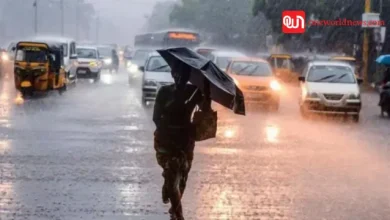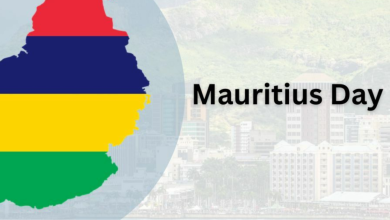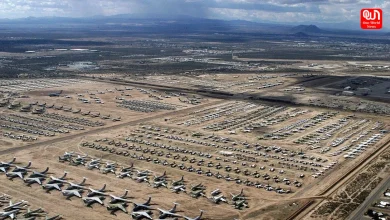Cold waves grips North India : Mercury drops, tips to keep yourself warm

LA NINA HAS TAKEN OVER THE WINTER SEASON
Highlights
- How to stay warm during this numbing cold
- Why do BP patients need to take extra precautions?
It has been a gelid start of the New Year; the IMD released a report that stated that Northern India will see cold waves from 10th-15th January. It is quite common for cold waves to occur between mid December and continue till mid February. IMD has stated that the occurrence of cold waves in India has been almost an annual event since records of 2009. These are the reasons that we experience deaths of several animals and older citizens.
“Cold wave conditions occurring at isolated pockets likely over Punjab, north Rajasthan, Haryana and Chandigarh between January 12 and 15,” was reported by the Met department’s weather news. This season’s first cold wave occurred around from 17-21 of December. India witnessed 99 cold wave days in the year of 2020, which is however lower than 2019, stated in a report by Statista. Cold waves usually first hit Punjab and Haryana before Delhi, since they come from the western direction.
Read More – Caregiver of Covid-19: Are You The Caregiver of A Covid-19 Patient?
HOW CAN YOU STAY WARM DURING THE COLD WAVE?
Stay mobile and exercise, your core plays the most important part in keeping you warm during the cold.
Wear weather appropriate and layered clothing
Drink Haldi(turmeric) milk known as “Golden Milk”- it gives body the heat and energy that you require
Normal food items like onion, garlic, black pepper and ginger along with spicy food help produce heat in the body.
Root vegetables also help
Kahwa tea- a Kashmiri green tea drink packed with herbs and spices helps people in Kashmir stay active and warm during the harsh winter season.
Stay hydrated
Read More- COVID Booster Shots In India: New Mood booster is COVID booster!
WHAT IS THE REASON BEHIND THE OCCURRENCE OF COLD WAVES?
A cold wave develops when cold air masses over large areas are brought in, when cold air masses are transported from the polar region or the East. In those northern areas cold air develops to a large extent due to low or even missing solar radiation during short autumn and winter days. Particular weather conditions can lead these air masses to travel as far as Central Europe. The fall of temperature to 10°C within a few hours; and slow moving cold air, may become a reason that a cold wave normally lasts for several days. This is the second year in a row that LaNina has taken hold over the winter season.
La Nina, La Nina refers to the periodic cooling of ocean surface temperatures in the central and east-central equatorial Pacific region. During a La Nina event, the changes in Pacific Ocean temperatures affect the patterns of tropical rainfall from Indonesia to the west coast of South America. La Nina can also lead to a more severe Atlantic hurricane season, which was already seen in 2021. This phenomenon is likely to bring colder and drier winter in some parts whereas wetter in others.

WHAT ACTIVATED A COLD WAVE IN INDIA?
On December 15, IMD found a disturbance in the western region likely to be a cyclonic circulation over northern Pakistan and over Jammu and Kashmir. Western disturbances are storms that originate in the Mediterranean and bring winter breeze and rainfall to north-west India. The aftermath of this event is that there remains a brief gap in the next one according to reports. In this gap of five to six days, the IMD expects strong north-westerly and cold winds from colder regions of the Central Asian region to lead to a drop in temperature over northern India. Strong west winds approaching north India can bring along the cold air masses triggering the fall.
Furthermore, IMD website stated that whenever a western disturbance affects north India, winds in lower levels over the region are either from Arabian Sea or from both Bay of Bengal and Arabian Sea. At the same time, clouding over the region leads to lesser solar insolation into the earth and hence dip temperatures are seen. Formation of an anticyclone in lower and mid-tropospheric levels can also be a driver of cold waves. Such an anticyclone gives rise to sinking motion over the Indo-Gangetic plain leading to fall in minimum temperatures.

WHY DO BP PATIENTS NEED TO PAY EXTRA ATTENTION?
It is the season when patients with problems with blood pressure need to take extra care! The low temperatures cause the blood vessels to narrow up; which leads to the blood flow fastening and an increase in blood pressure. Because more pressure is needed to pump the blood through the narrowed veins and arteries.
It’s extremely important that everyone takes care of themselves with the rising number of cold waves and COVID cases. Stay safe!







